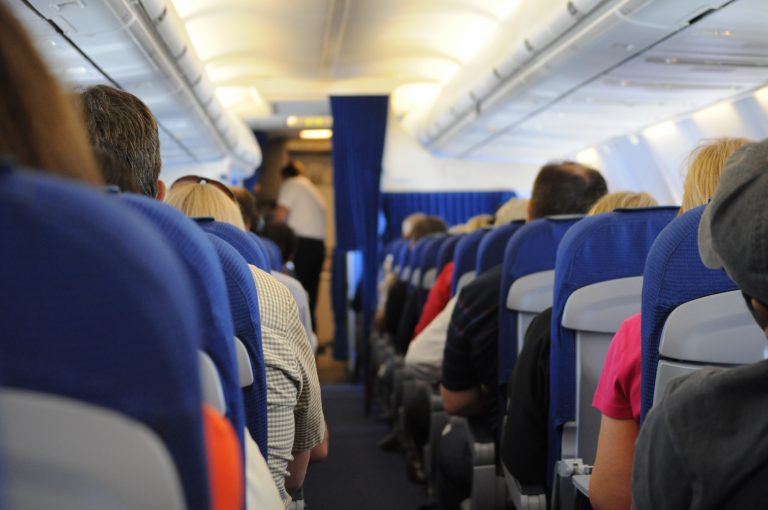Caring For Your Back When Flying
Caring For Your Back When Flying
One billion (out of 6 billion people in the world) flew by airplane last year. Of those billion, 300 million flew to different countries. The world is becoming more accessible and as travel becomes an ever-increasing part of our lives, so too does the associated increase of spinal stress.

Travel places stress on the spine for various reasons. These include uncomfortable seats, sitting in cramped positions for long periods of time, carrying heavy suitcases and sleeping in foreign beds with strange pillows. Since the publicity about Deep Vein Thrombosis (DVT), airlines are now encouraging passengers to do gentle mobility exercises to reduce the risk. Other precautions can also be employed to help ease the stress associated with air travel. Here are some tips:
- Plan your flights. For long intercontinental flights, try and pick an evening departure time. You will already be quite tired and have a better chance of a good long sleep, making it a ‘shorter’ trip. Once you reach your destination, immediately switch to local time and stay awake until normal bedtime. You will be really tired and get a good night sleep. This will ease jet lag.
- Book ahead. Seats are very cramped in economy class, especially if you are tall. So a few days before travel try to organise an exit row seat. (Good Luck!). Otherwise try to get an aisle seat on long flights, as it is easier to get up when you want (especially to go to the toilet) and to move around freely.
- Maintain good spine support. Older planes tend to be worst offenders for unsupportive seats. This can be helped by placing an airline pillow in the sway of the low back, providing support for the lumbar curve. Modern plane now have folding headrest supports built into the seat. These provide good support fort the neck and should be utilised whether you are sleeping or not. If they are not provided, a blow up neck cushion can be used (preferably the ones that inflate the side only and not the back section).
- Move around. With individual inflight entertainment systems, passengers tend to sit and watch them for longer periods, further reducing movement. Make sure you get up, stretch and move around the plane frequently (but not when the seatbelt sign is illuminated!)
- Keep hydrated. Drinking extra water, avoiding alcohol or caffeine and the use of a skin moisturiser will all help to make you feel better.
- Avoid wearing tight shoes and socks. Your legs swell due to the pressurisation. Tight shoes or socks can restrict blood flow returning to the heart. However the use of approved compression stockings can be very beneficial in promoting good blood flow, particularly on longer flights.
- Take care when lifting. Be careful when lifting luggage off the baggage carousel, particularly after long flights when your back might not be ‘warmed up’. Where possible, use luggage with wheels.
Just a few simple precautions can protect your spine and make sure that you have a great time on your next holiday!